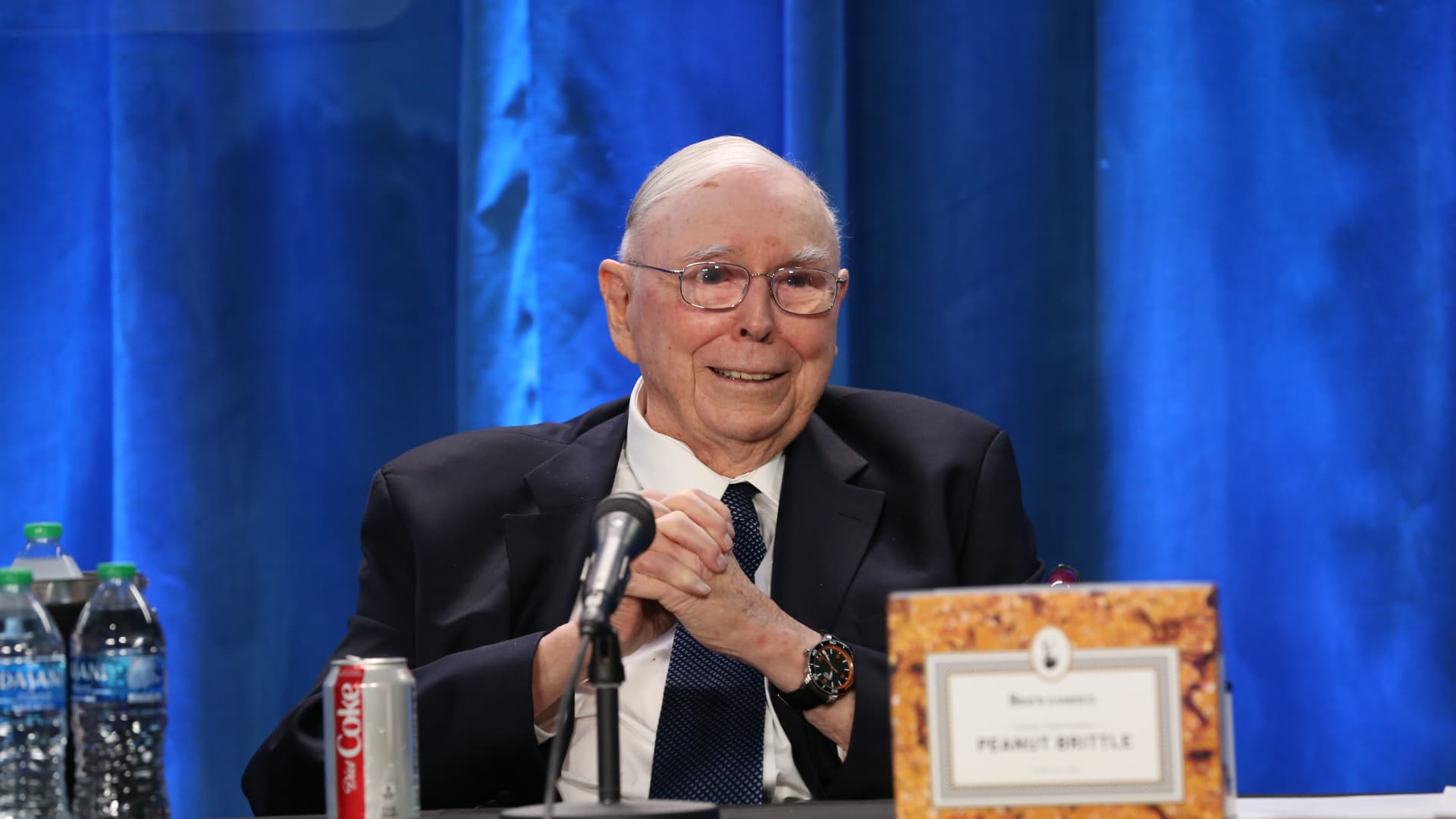Illinois lawmakers, transit advocates race to avoid fiscal cliff
7 min read

High Speed Rail Alliance
State lawmakers and transit advocates are pushing to get a transit revenue and reform package across the finish line this month, according to state Sen. Ram Villivalam, D-Chicago, and Amy Rynell, executive director of the Active Transportation Alliance, both of whom spoke at an event in Chicago on Friday.
An environmental impact fee on deliveries, a rideshare fee and an extension of the real estate transfer tax are all part of the transit reform package being negotiated at the state capitol in Springfield, said Villivalam, who represents the 8th district and chairs the Senate transportation committee.
“We don’t want
State lawmakers reconvened in Springfield Tuesday for the
Villivalam also offered some words of reassurance to bond rating agencies. Among the ideas thrown out there “when you have 177 legislators with 177 different opinions,” he said, was to use $300 million of the interest from the state’s rainy day fund to offset a tiered decrease in the online order environmental impact fee.
“The bond (rating agencies) are like, not smiling at us, but they’re like smirking a little, like, ‘You’re doing okay now,'” he said. “All this work that we just did to get our fiscal house in order… the bond (rating agencies) are going to frown at us about that. That’s not the direction we want to go back in.”
In shaping solutions to Chicago area transit’s fiscal cliff, he said, Illinois lawmakers looked at New York’s congestion pricing and Minnesota’s environmental impact fee, among other revenue fixes.
Chicago transit agencies face the prospect of severe service cuts if a solution is not worked out during the fall veto session.
“They’re already going to be doing fare increases, and they’re already slowing down hiring and will start doing hiring freezes,” Rynell said.
Legislators may wind up agreeing on a stopgap measure for now, and circle back to find a more lasting solution later, said Justin Marlowe, research professor at the University of Chicago’s Harris School of Public Policy and director of the Center for Municipal Finance.
“From what I gather, there seems to be kind of a loose consensus around the idea that there is a series of policy moves that the state could make that would get through, certainly fiscal 2026, and maybe through fiscal 2027,” he said, noting that between improved ridership and Regional Transportation Authority sales tax corrections coming in a bit stronger, the financial picture has brightened slightly.
“Some of these inflation estimates have cooled just a touch, and if we end up in a recession, then things will be a little bit cheaper to do,” he added. “So there’s definitely, I think enough, I won’t even call it good news, but just enough sort of breakthroughs in what has been a really dark picture to be able to say, okay, yeah, there’s a way to get through this next year or two without drastic policy moves.”
Villivalam said new intercity rail service is also part of the legislation being hammered out, with money to support capital investment in regional rail projects included in the package.
“We have people that want to go from the Quad Cities to Chicago and back, Peoria to Chicago and back, Rockford to Chicago and back. So we have to be very innovative in how we move forward to address the system as a whole and our entire state,” he said.
“We all know about Rockford to Chicago,” he added,
“I also will tell you that Senator (Mike) Halpin, from Quad Cities, he was in every conversation, and whether it was at 1 a.m. or 8 a.m., he was very intent on finding a way to fund Quad Cities to Chicago,” he said.
There is also a $12 million feasibility study for Peoria-to-Chicago passenger service included in the legislation, Villivalam said.
The governance reforms under consideration include the creation of a centralized Northeastern Illinois Transit Authority to replace the RTA board. Its board members will also serve on the service boards of the Chicago Transit Authority, Metra commuter rail and Pace suburban bus service.
“There are not going to be silos… (like) what happened literally in the last few weeks of May, when Pace extended a contract with their technology company for 39 months,” Villivalam said. “They acknowledged that the legislation was introduced to get rid of the fact that we have seven different apps between the four different agencies. And so this is not meant to be a criticism of them… (but) there has to be a justification as to how things are going to get better.”
Villivalam said legislators are also looking to implement performance metrics and service standards to which funding would be tied.
On the revenue side, they’re looking at a rideshare fee of 10% on Uber and Lyft, and an extension of the real estate transfer tax — $3 for every $1,000 of transaction in the suburbs and the so-called “collar counties” around Chicago.
They also plan to implement an environmental impact fee for online orders across the state — $1.50 for every online order — that is projected to raise $1.113 billion for public transit.
“This is similar to what Colorado and Minnesota have done. Yes, our fee is higher. I’ll say it,” Villivalam said. “But we’re also a different state. We have different needs. And we have a bigger system.
“Efficiencies, existing funding, and then additional funding streams that we’ve implemented in our bill — that has gotten us to the $1.7 billion mark,” he said. “Of which $220 million goes to the 54 downstate transit agencies that cover 95 counties.”
Rynell shared a slide deck that showed Chicago-area rail service beginning to recover from its pandemic plunge, but bus service still struggling to come back enough to meet service needs.
“During our last fiscal cliff, in 2008 and 2009, our city’s transit system was particularly impacted, and major cuts went into effect,” she said. “We lost a tremendous amount of bus service, and you can see we did not recover it.”
Bus service makes up the majority of the Chicago transit system, Rynell said, and for several reasons, Chicago is lagging its peers overall.
“When you compare our region’s (transit systems), we have not recovered in the same way that our peer agencies have. Be it L.A. — beating us in a lot of metrics, which is kind of a shameful point for Chicago — Boston, New York, on and on, everyone is ahead of us,” she said. “One of the reasons we haven’t recovered… is because we’ve been underinvesting in transit.
“Our state invests a lot smaller share in transit operations than our comparable system states around the country,” she added.
Illinois funds about 65% of transit operations in systems outside the greater Chicago region, but only 17% of transit operations in northeastern Illinois, according to the Chicago Metropolitan Agency for Planning’s
Long term, local governments’ understanding of the federal government’s role in transportation funding probably needs to evolve, Marlowe said.
The recent
“Those lasting changes are, I think, probably more likely to happen just because everybody does feel like they’ve been just totally burned,” Marlowe said.
“In many ways that’s the most important takeaway from the Trump administration’s recent actions — say what you will about the Trump administration, what it signals is that that federal-local partnership around transit is probably done forever,” he said. “Even if there’s a Democrat Congress and a Democrat president, what this episode has shown is that depending on federal money to the extent that they (have) is just not a sustainable way forward.”
The state needs to decide what its role in that is, and the service boards need to decide how to reprioritize, he said.
“You can do that if you have a year, 18 months, to sort of figure that out,” he added. “So, yeah, I think the way this unfolded has actually, in a weird way, set the stage for a more thoughtful debate about a longer term solution.
“There’s always the chance that Springfield will do what Springfield does and kick the can down the road,” he added. “But it actually seems like this one has the potential for an actual bigger picture solving of a bigger picture problem.”







